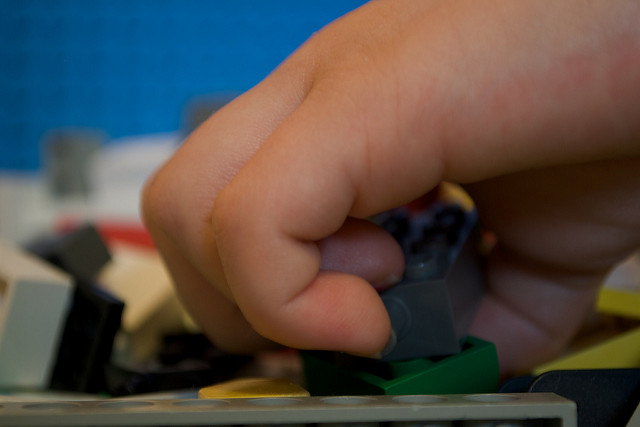Imagine you are the parent of an elementary or middle school student who has been struggling in school for years. They have difficulty completing homework in a timely fashion, following directions, gets easily frustrated with anything involving writing, and earns lower test scores than would be expected. Similar concerns at home include a regular struggle to get ready for school in the morning and simple chores becoming overwhelming tasks.
After school and pediatrician consultations, a decision is made to have a neuropsychological evaluation which reveals that the child is hampered by slow processing speed. Slow processing speed explains your child’s inability to finish tests and exams on time, the need to take home incomplete schoolwork, and the extended amount of time required to complete their actual homework. Slow processing speed also offers a new perspective on why this child is the last one out of the house in the morning and often appears delayed for a few seconds before responding to you in conversation.
While the results of a neuropsychological evaluation explain these issues, they do not help you to understand how your child has been feeling about her difficulty in keeping up with her peers. Many kids report that they feel stupid or inadequate in the classroom. Parents can inadvertently contribute to this by being critical of the slow pace at which a child moves. A child may feel lazy and unmotivated rather than identifying as someone who needs more time to complete tasks.
Your child may avoid tasks because of how long it would take him to complete them. Struggles with slow processing speed might also explain him putting off writing assignments until the last minute. Conversely, he may rush through assignments, producing illegible work that needs to be done over again. Both you and the child know that he would need a lot more time to produce work that is written neatly.
So what is the best way to explain slow processing speed to a child? How do you help her understand that it takes her a bit more time to take in information, act on it and produce a result? How do you educate him about slow processing speed so that it does not make him feel even more inadequate? How do you help him to recognize that processing speed is important but that he has many other areas of strength? How can you help her to feel good about being smart, but slow? Here are some thoughts:
Switch Perspective Help your child to identify himself as a marathon runner, rather than as a sprinter. Assist him in viewing himself as someone who takes a long time on tasks but who can accomplish a lot by sustained effort. Help him to see that his body and brain are not built for speed but for persistence and long-term effort.
Power in Numbers Identify other family members with similarly slow processing-speed styles. It will probably not be hard to find a parent or close relative who also process information slowly. Many parents recognize this trait in themselves after their children have had a neuropsychological evaluation. Finding a good role model who has been successful but moves slowly could help your child see how he could be successful, too.
Identity Beyond Speed Recognize your child’s other areas of strength. Kids who struggle the most from slow processing speed are invariably those who display strength in other areas, magnifying their inability to reach their potential. A common profile that causes a great deal of frustration for kids with slow processing speed includes having excellent verbal skills but difficulty in effectively “showing what they know” or getting their knowledge onto paper due to their speed of processing. Use the neuropsychological evaluation to identify cognitive strengths but also go beyond the testing and look at intelligences in the areas of music, persistence, creativity, spirituality, empathy, and self-awareness.
Make It Work Talk about your child’s interests in relationship to slow processing speed. You will no doubt find that some of the activities your child has been drawn to are those that do not require a super fast pace. Such activities could include building with LEGOs, listening to music, or engaging in sports and athletics that are individual or do not require quick processing of information. Help the child to expand upon these interests and consider other activities that have fewer requirements for quick processing of information.
For a complete list of our articles on slow processing speed compiled for parents and teachers, see “Teaching a Child With Slow Processing Speed.”
Featured image: Flickr user Derek Gavey





Very good, I think I found the knowledge I needed. I will see and refer some information in your post. thank you
I like your article very much, thanks for sharing the good information we have read.